Water and Ice: Winter Storms Another Trial for Syria’s Refugees
More than 600,000 Syrian refugees to Iraq, Jordan, and Lebanon faced a harsh onslaught of winter flooding and freezing temperatures last week. Those who have remained in the war-torn country are struggling to keep their taps running.
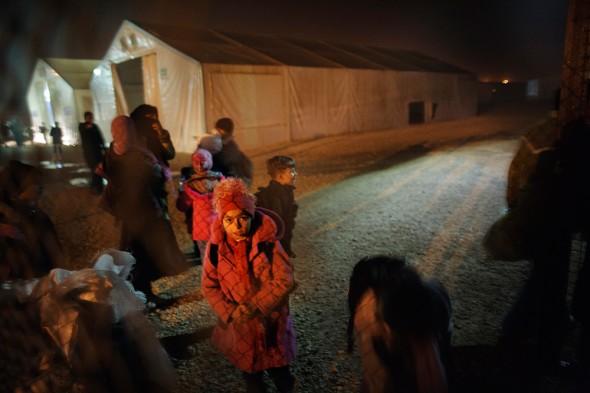
By Codi Yeager-Kozacek
Circle of Blue
The start of the new year came with a wave of wintry storms that assaulted the eastern Mediterranean region, creating a new set of problems for Syria’s refugees. Camps in Iraq, Jordan, and Lebanon were hit by flooding, while refugees living outside of the camps faced shortages of warm clothing and blankets.
–Ned Colt, Middle East media manager
International Rescue Committee
“The storms of last week — which lashed much of the region with heavy rain, snow, and wind — were said to be the worst in close to two decades,” Ned Colt, regional media manager for the International Rescue Committee (IRC) in the Middle East, told Circle of Blue in an e-mail. “The result on the ground was that tents were blown away, and in some cases the tents housing refugees were in standing water for up to two days. The United Nations, aid agencies, and host governments moved to get those refugees most impacted into better housing, such as trailers.”
Conditions in the Iraqi and Jordanian camps where the IRC works have improved with the weather over the past few days, Colt added.
Five-fold Increase in 7 Months
When Circle of Blue first reported in June that the influx of refugees to Jordan was straining the already scarce water supplies in one of the world’s most water-poor countries, there were 120,000 refugees. Now there are now more than 600,000 refugees who are either registered or being assisted by the United Nations Refugee Agency (UNHCR), though officials say the number of people that have fled their homes is likely much higher.
And the numbers will continue to grow as the conflict that began in the spring of 2011 shows no signs of slowing.
Many of the refugees do not live in camps at all, but are instead dispersed throughout urban areas. A new report from the IRC highlights the challenge of serving these “urban refugees,” whose presence is creating tension in some host cities as demand for housing and other necessities drives up living expenses.
“Rental prices in border areas where refugees are settling have climbed in some cases by more than 100 percent in the past year,” Colt wrote, adding that refugees often live in schools or abandoned buildings. “That places extreme stress on the refugees, almost all of whom fled with nothing so cannot afford to pay for housing — let alone water, food, heat, etc. It also places stress on the host communities, when rising prices and reduced housing stock mean Lebanese and Jordanians can’t afford housing for themselves.”
Source: International Rescue Committee; UN Refugee Agency
A news correspondent for Circle of Blue based out of Hawaii. She writes The Stream, Circle of Blue’s daily digest of international water news trends. Her interests include food security, ecology and the Great Lakes.
Contact Codi Kozacek

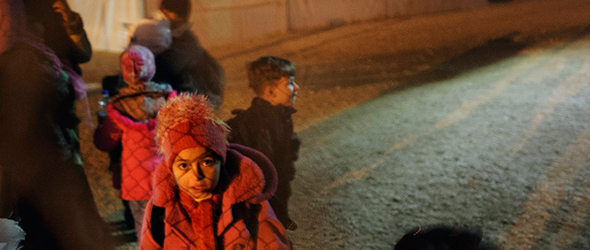

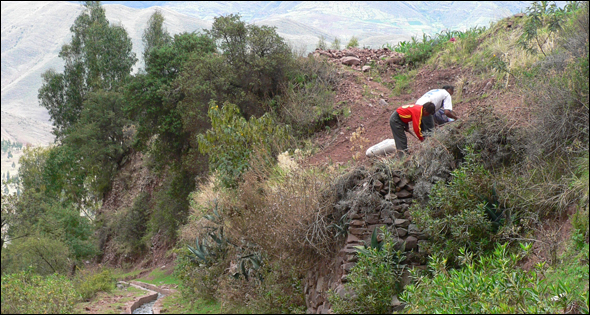
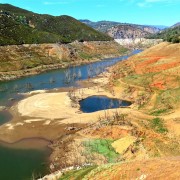
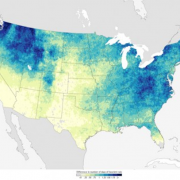

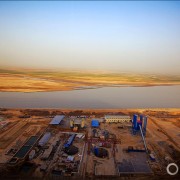



Leave a Reply
Want to join the discussion?Feel free to contribute!